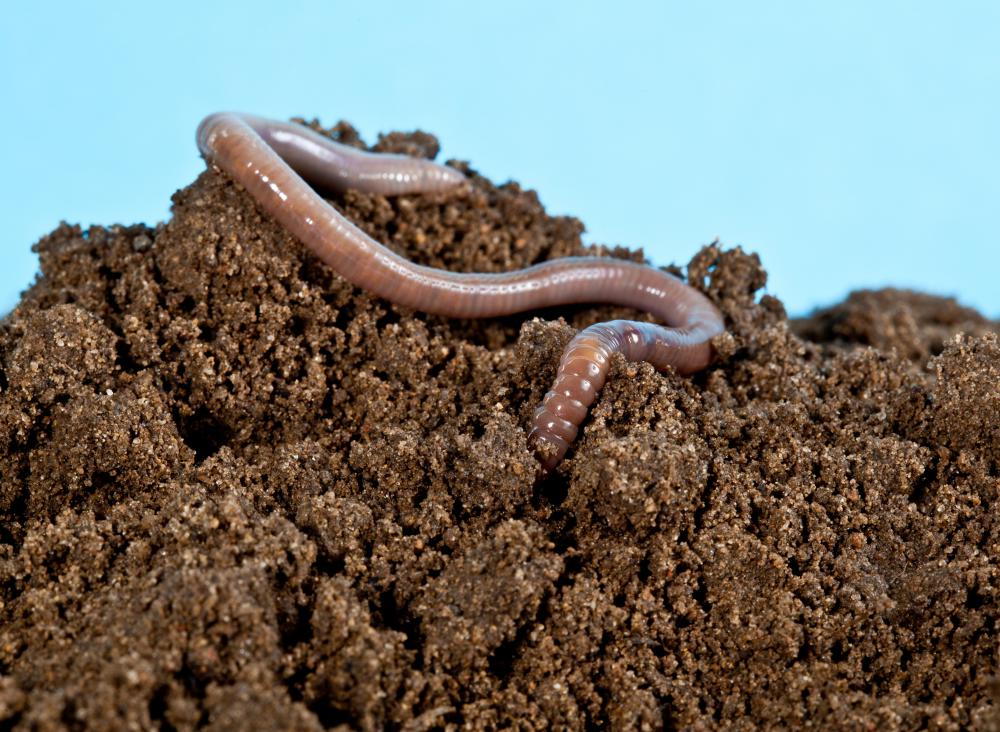At WiseGEEK, we're committed to delivering accurate, trustworthy information. Our expert-authored content is rigorously fact-checked and sourced from credible authorities. Discover how we uphold the highest standards in providing you with reliable knowledge.
What are Cluster Flies?
Cluster flies are a type of insect in the blowfly family, similar to the common house fly. Cluster flies become a nuisance in the fall when they begin to search for entry indoors, often "clustering" on the sunny side of buildings. They cause no damage, do not present a health hazard and do not breed indoors. They can, however, be an annoyance if they find a way inside.
These flies are characterized by short, golden hairs behind their head and the slow, sluggish speed at which they fly. They are widely distributed around the world and are common pests in North America, Europe, Australia and New Zealand. Entomologists believe that cluster flies are native to Europe and made their way elsewhere in the ballast of ships containing soil, earthworms and cluster fly larvae.

Unlike similar flies, cluster flies do not lay their eggs in carcasses of dead animals, manure, garbage or human food. Instead, they breed outside in the ground during the warm weather months. The fly larvae are parasitic on earthworms before going into a cocoon stage and hatching as adult flies. Cluster flies tend to be a problem in homes surrounded by a great deal of turf or pasture.

Although they are harmless to humans, cluster flies can be a nuisance. In the autumn, large numbers of flies seek out protected places to spend the winter. They seek protection in the bark of trees, in the crevices of cliffs and in man-made structures. Through things such as cracks and torn screens, cluster flies can enter homes, sheds, garages and barns.
In the spring, cluster flies will go back outdoors to continue their life cycle. If large numbers find their way inside, however, it might be necessary to exterminate them. Even though they are slow fliers and easy to catch or swat, cluster flies can be difficult to exterminate because they prefer inaccessible spaces such as attics and wall cavities. In fact, cluster flies are sometimes known as attic flies.
The best method to control cluster flies is to keep them outside. Damaged screens should be replaced. Cracks around windows, doors, electrical outlets, chimneys and siding should be sealed. Insecticides applied outside near points of entry might be effective but should be applied as near to the time as possible when cluster flies will begin migrating inside. Professional exterminators and entomology departments at local universities might be able to provide this information.
If cluster flies have found their way inside, there are a number of insecticides and traps that are effective in killing them. These include aerosol foggers, insecticidal dust treatments and fly traps. These products are not a good long-term solution to the problem however, because they do not address the means by which the flies gained access indoors in the first place.
AS FEATURED ON:
AS FEATURED ON:












Discuss this Article
Post your comments